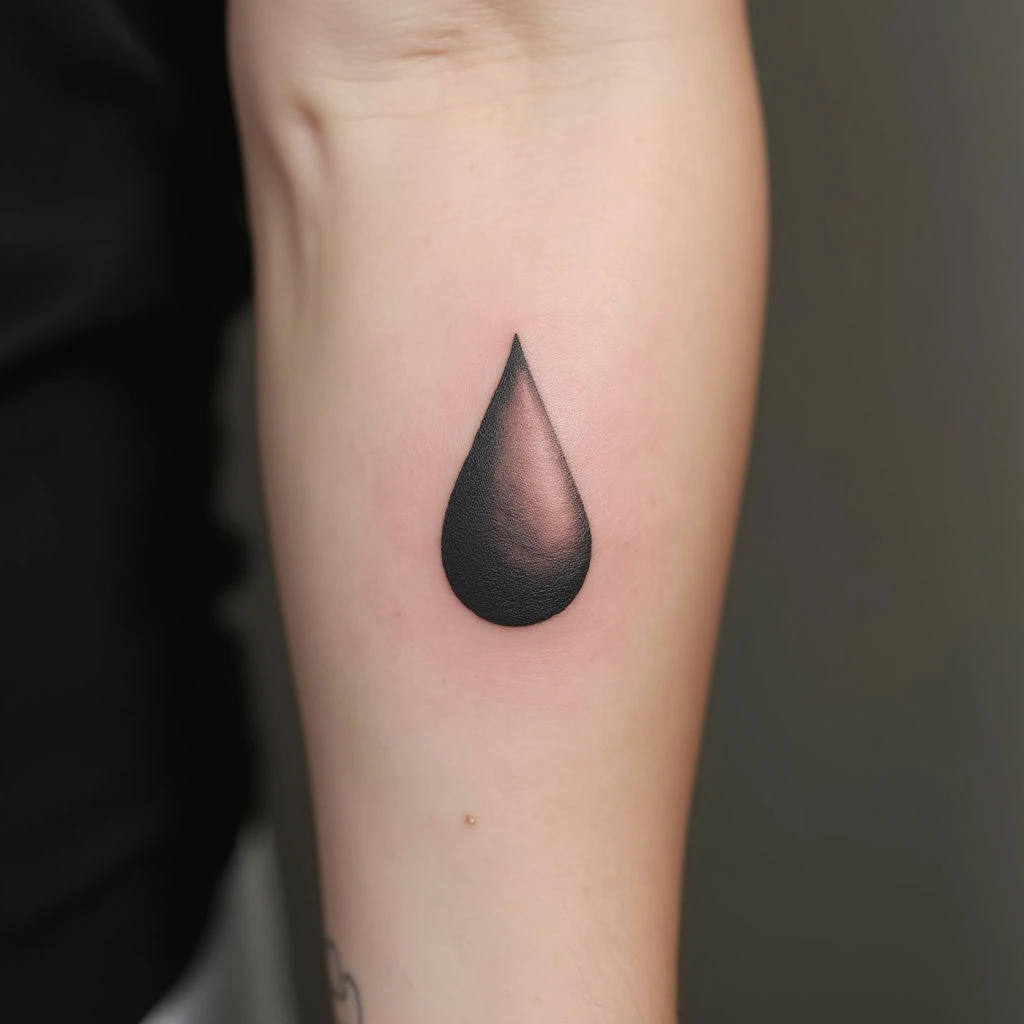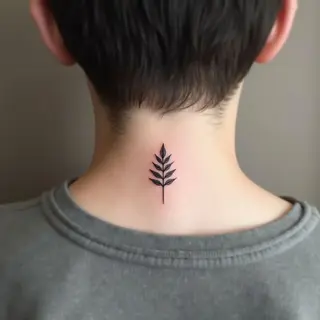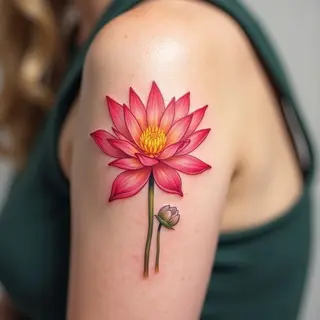Understanding Teardrop Tattoos: History, Symbolism, and Modern Interpretations
Historical Origins: Prison Culture & Incarceration
The teardrop tattoo is a striking image with a complex and often misunderstood history. While commonly associated with time served in prison, its meanings extend far beyond that original context. This guide explores the origins, symbolism, and contemporary interpretations of teardrop tattoos.
Symbolism Beyond Prison Walls
While prison culture remains a significant part of the teardrop tattoo’s history, modern interpretations are evolving. Today, teardrops can symbolize:
- Grief & Loss: Representing mourning for a loved one or a difficult experience.
- Remembrance: Honoring someone who has passed away.
- Emotional Depth: Showing vulnerability and the ability to express deep emotions.
- Personal Struggle: A mark of overcoming adversity or personal challenges.
Design Variations & Contemporary Styles
The teardrop tattoo isn’t limited to simple black outlines. Modern designs incorporate:
- Watercolor Effects: Creating a softer, more artistic appearance.
- Floral Elements: Combining teardrops with flowers for added beauty and symbolism.
- Geometric Patterns: Integrating geometric shapes within the teardrop's form.
- Detailed Shading: Adding depth and realism to the tattoo.
Placement & Size Considerations
The placement of a teardrop tattoo can also impact its meaning. Common locations include:
- Under the Eye: A classic placement reminiscent of prison tattoos.
- Neck: A visible location for personal expression.
- Arm or Leg: Offering more flexibility in size and design.
The size of the teardrop tattoo can range from small, subtle markings to larger, more elaborate designs.


